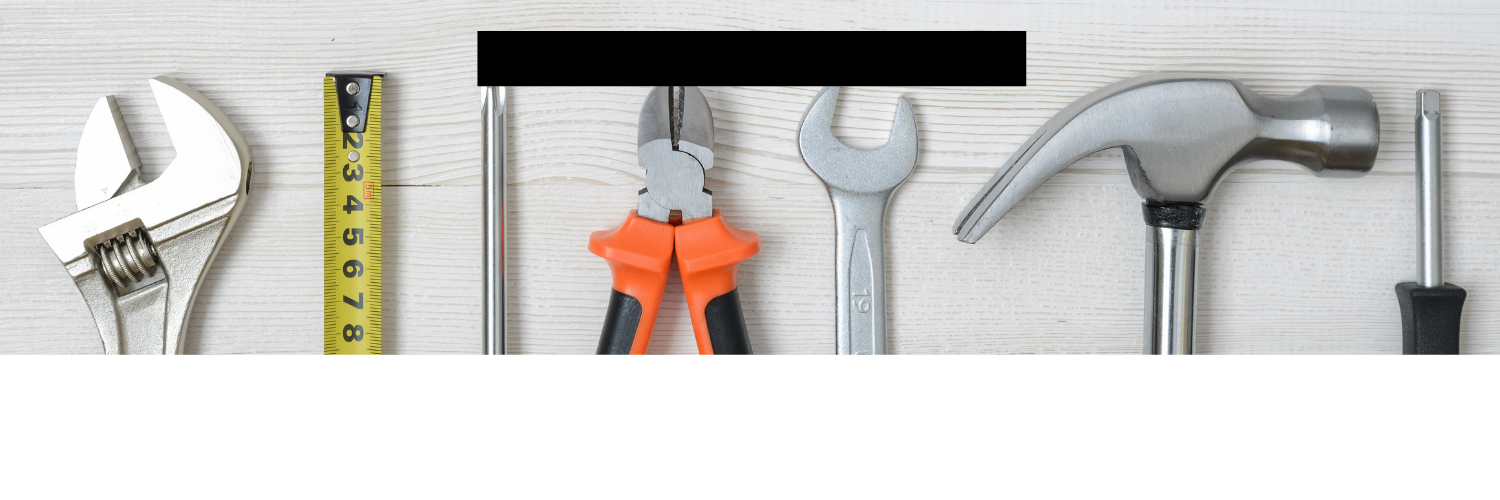DIY is popular because it allows people to be creative and customize things to their liking. It also can save money, as people can make things themselves for less money than if they were to buy them pre-made.
DIY is also a great way to learn new skills and to get hands-on experience with creating things. However, no matter what your DIY project is, there are a few basic tools you’ll need to have on hand.
Why do I need a toolkit?
A toolkit is an assortment of tools that are usually stored in a box or bag. They can be used for a variety of purposes and have multiple functions. A toolkit is generally needed for fixing things at home, in the workplace, and on the go. DIY toolkits are also useful to have around in case of emergencies. Other than having tools, you may also require safety gear such as gloves, goggles, etc., maybe a stair ladder, harness if you are repairing something at a height in a workplace, and more. With all these tools and items, you can successfully accomplish your DIY project.
There are many different types of toolkits available on the market, so it is important to choose one that is suited to your needs. If you are a DIY enthusiast, you will need a different toolkit than someone who works in the construction industry. For a regular DIY project, you will need some of the basic tools, including a screwdriver set, measuring tape, hammer, duct tape, flashlight, set of pliers, soldering iron, etc. As for using these tools, you may need to go through a user guide, say, for soldering iron since it can be a little tricky to use. You can also do online research on uses for soldering iron, safety measures required while using it, or something else.
So, to make it easier for you, here are three of the most essential tools for any DIY toolkit.
1. Hammer
A good hammer is key for any home project. It can be used to drive nails, remove nails, and do general demolition work. When looking for a hammer, you’ll want to consider the weight and size, as well as the DIY project you are doing. Heavier hammers deliver more power, while smaller hammers are easier to control.
When you are looking for a hammer at the hardware store, it can be difficult to choose the right one because of all of the different types and sizes. A good rule of thumb is to always select a hammer with a handle that is the same size as your hand. This will ensure that you have enough control over the hammer when you are using it, be it for nailing an ancient antique piece to the wall or fixing a loose nut on a piece of furniture.
2. Screwdriver
A screwdriver is a tool used to drive screws into materials such as wood or metal. It has a handle and a shaft with a pointed tip on one end and a flat or Phillips head on the other. The shaft is often fitted with a reversible ratchet mechanism that allows the user to turn the screwdriver in one direction without having to remove it from the screw.
When shopping for screwdrivers, it is important to consider the type of screws you will be using them on. Along with Phillips head screws, some other types of screws include slotted, hex, and Torx.
The best way to ensure you have the right type of screwdriver is to take a look at what is called the “drive profile” of the screwdriver. The drive profile is a simple diagram that shows how the tips of the screwdriver fit into the slots on the screws.
3. Boxcutter
A boxcutter is a handy tool that every do-it-yourselfer should have in their toolkit. Boxcutters are used for cutting cardboard, plastic, and other materials. They are available in both manual and electric versions.
When choosing a boxcutter, make sure to get one that is the right size for the job. If the blade is too small, it will be difficult to cut through the material. If the blade is too large, it may be difficult to control.
Boxcutters can be sharpened when they start to become dull. To sharpen them, use a sharpening stone or honing rod. Be sure to wear protective gloves when sharpening a boxcutter to avoid getting cut.
Building a DIY toolkit is easy when you know how
Ultimately, when you’re looking for new tools to help with your DIY projects, there are a few things you should keep in mind. First of all, make sure the tool is actually going to solve the problem you’re trying to solve. For example, if you need to put up a shelf, a hammer will be vital. If you need to fix the hand of a wooden chair, you might need teak wood plugs and a hammer.
Secondly, always make sure that you purchase high-quality tools. You might have to pay more for branded tools than generic versions, but the investment will almost always be worth it. What else would you include in your DIY toolkit?

